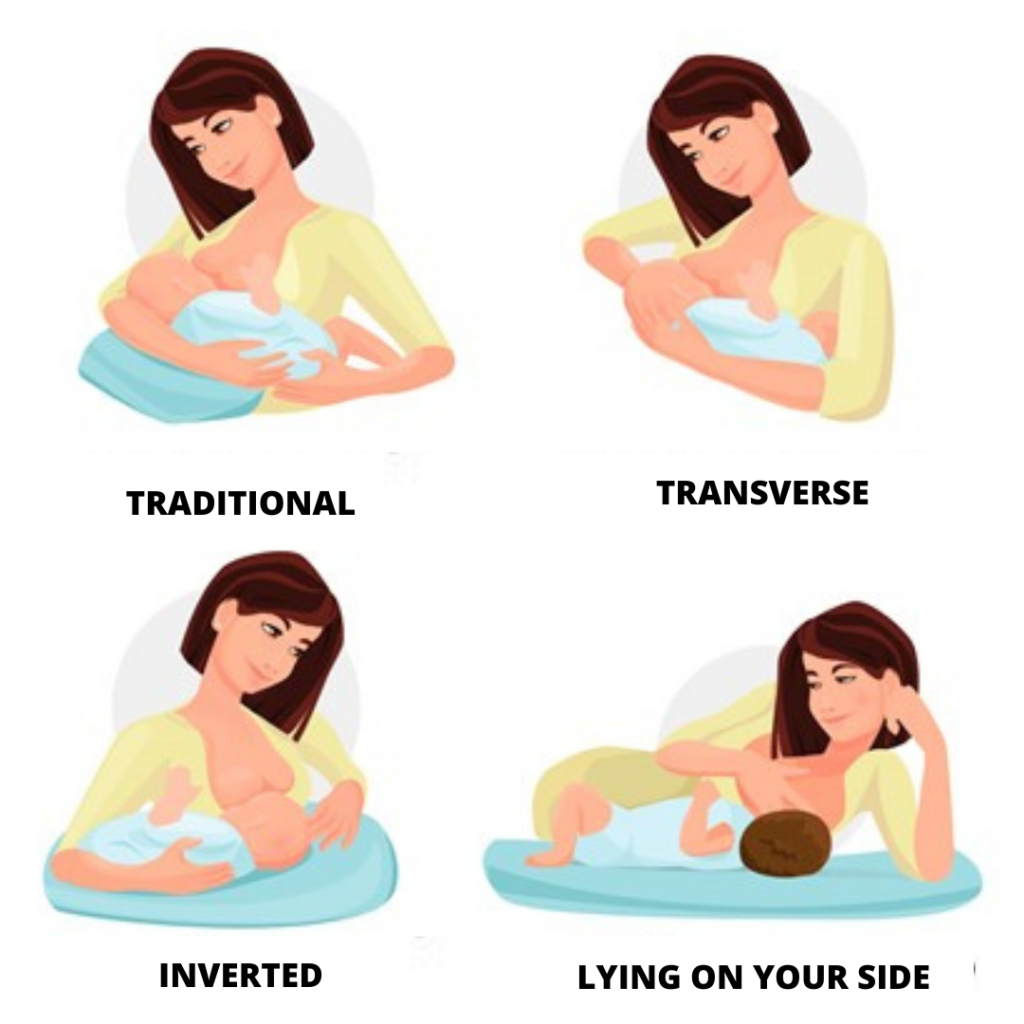Although it is a natural thing, breastfeeding can bring many challenges to mommies. Concerns about the right latch, the position for breastfeeding, diet – among others- are very common and may bring certain anxiety. With that in mind, we selected 4 breastfeeding tips to help you. Check it out!
Breastfeeding is one of the most natural things a mother can do for her child. However, it doesn’t mean that it’s something easy or intuitive. Quite the opposite, it’s much common to emerge doubts about the most adequate position to breastfeed, how to relieve the colics, or get the baby’s latch right. In other words, it’s a challenging moment for mommies. With that in mind, we brought 4 tips that will help you in this journey. Make sure you don’t miss it.
Breastfeeding tips
Breastfeeding can be challenging and raise many doubts for mommies. However, there are breastfeeding tips that can be very helpful to you and your baby at this moment. Check them out.
1. Adjust the Breast Latch
Correct latching is the key to good breastfeeding. Habits form quickly, that’s why it’s essential that your baby gets the latch right from the beginning. For that:
- The baby’s chin and nose should lightly touch your breast;
- The baby’s lips should be turned outwards, opened like a “fish mouth”;
- Much of the areola should be in the baby’s mouth, not just the nipple;
- You should see your baby’s cheek fill up as he sucks milk.
Gently place your finger in the baby’s mouth to interrupt suction and try again, until the latch is adjusted. The effort is worth it and both of you will be happier if you insist on proper form from the start.


Photo: Pinterest
2. Healthy diet
Science hasn’t yet been able to demonstrate a direct link between a mom’s diet and colic in babies, but many women have observed this association in their daily lives.
The foods to blame are mostly dairy products, chocolate, caffeine, citrus, and very spicy food. So, if the mom avoids these kinds of food or any other that she perceives as colic triggers, it will be much better.
Hydration is also essential after pregnancy. Every mom should drink enough water – at least 3 liters (around 100 oz.) a day. This will facilitate your own rest, hydration, and milk production.
If the baby is having colics, avoid breastfeeding at this moment. The ingestion of any kind of food and suction can make the situation worse, stimulating even more peristalsis in the intestine.
3. Look for positions that facilitate breastfeeding
One of the most important breastfeeding tips is related to the position in which you breastfeed. Check out the main ones:
Transverse: Sit down and place the baby in front of you body, with the baby’s tummy touching yours. Hold the baby’s body with the opposite arm from the breast you’re offering. Support the baby’s head with an open hand and, with the other, hold your breast from below, in a “U” shape;
Traditional: The position is similar to transverse, but in this one the baby is supported by the arm on the same side of the breast used for breastfeeding. Hold your baby so his head rests on the crook of your elbow. Make sure your baby’s head is aligned with the rest of his body, keeping his spine straight;
Inverted: It’s the best position for those recovering from a cesarean section, as it prevents the baby’s weight from being on your abdomen. With your elbow bent, hold the baby at your side, under your arm, and support the baby’s head with an open hand, placing his face towards the breast;
Lying on your side: In case you’re tired, breastfeeding lying down is a great option. Lie on your side, and place the baby’s face in front of your breast, resting your body with your arm. Use the other hand to bring the nipples to the baby’s lips. After he latches onto your breast, you can use your arm to support the baby.


Photo: Pinterest
Regardless of which position you prefer, the main thing is that you and your baby are both comfortable. You can try different positions, until you find what works best for you. Trying out a nursing pillow can also make a huge difference.
4. Empty your breasts often
To avoid milk stagnation, try to empty the breast whenever it’s too full or heavy. Start by cleaning the areola and nipples with your own milk. Then, gently massage the entire breast (using the opposite hand) in a clockwise circular motion to the breast base. Then, place your thumb and forefinger on the line where the areola is divided from the rest of the breast and gently squeeze. The milk comes first in drops and immediately afterward in small jets.
Did you enjoy our breastfeeding tips? Subscribe to our newsletter to get more tips!
Also read our article on how to soothe colic in babies.



